The USDA Plant Hardiness Zone Map is valuable to farmers and gardeners in the United States. It provides the standard that allows them to determine which plants will thrive in a particular area. The map uses the average annual minimum winter temperature, which divides into 10-degree Fahrenheit zones.
Zone 8 is well-known for its hospitable conditions toward a wide array of plant life. Siberian irises, hellebores, and zinnias are some of the special greeneries that can prosper in this zone. What are the best perennials for zone 8? Let’s find out!
1. Astilbe
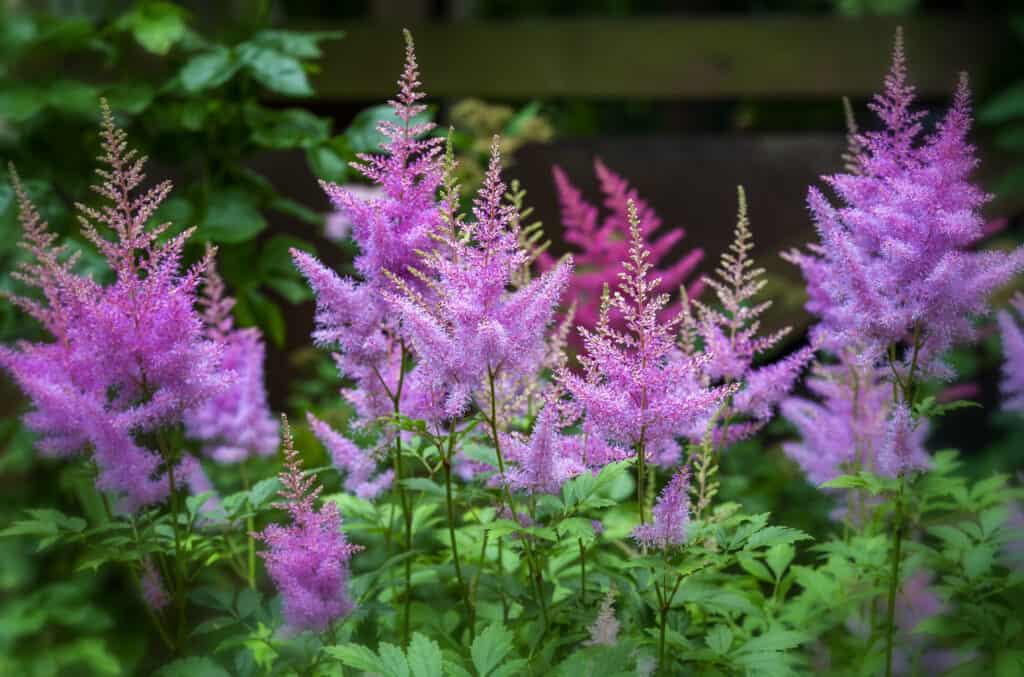
iStock.com/Sansargo
Popular for their charming appearance and their ability to thrive in shady areas, astilbe flowers are hands down one of the best perennials for zone 8. These charming flowers come in a variety of colors, including white, pink, purple, and red. They’re easy to care for and make excellent additions to any garden.
While the plants prefer moist soil, they will also tolerate dry conditions. Astilbes are also relatively resistant to pests and diseases. For gardeners looking for an attractive plant that is easy to care for, astilbes are an excellent choice.
2. Bee Balm
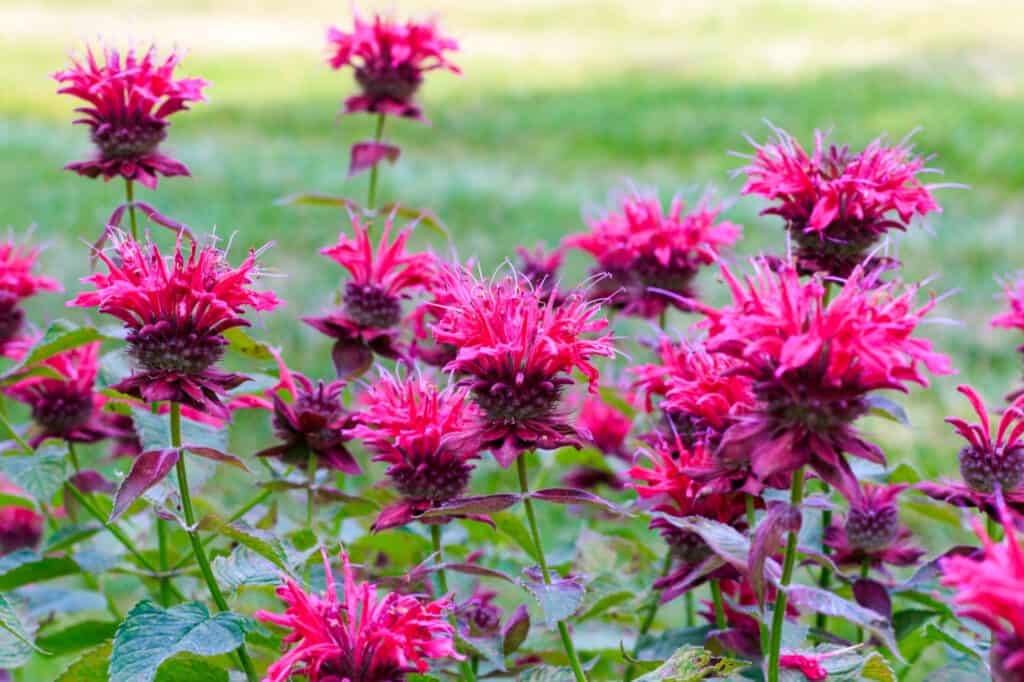
Bryan Pollard/Shutterstock.com
A beautiful and fragrant plant, bee balm attracts bees and hummingbirds to your garden. The flowers are striking in shades of red, pink, and violet, and the plant itself is easy to care for. Bee balm is a perennial, so it will come back year after year with minimal care. In the spring, simply trim back any dead leaves or stems, and then sit back and enjoy the show as the bee balm blooms in all its glory.
3. Black-Eyed Susan
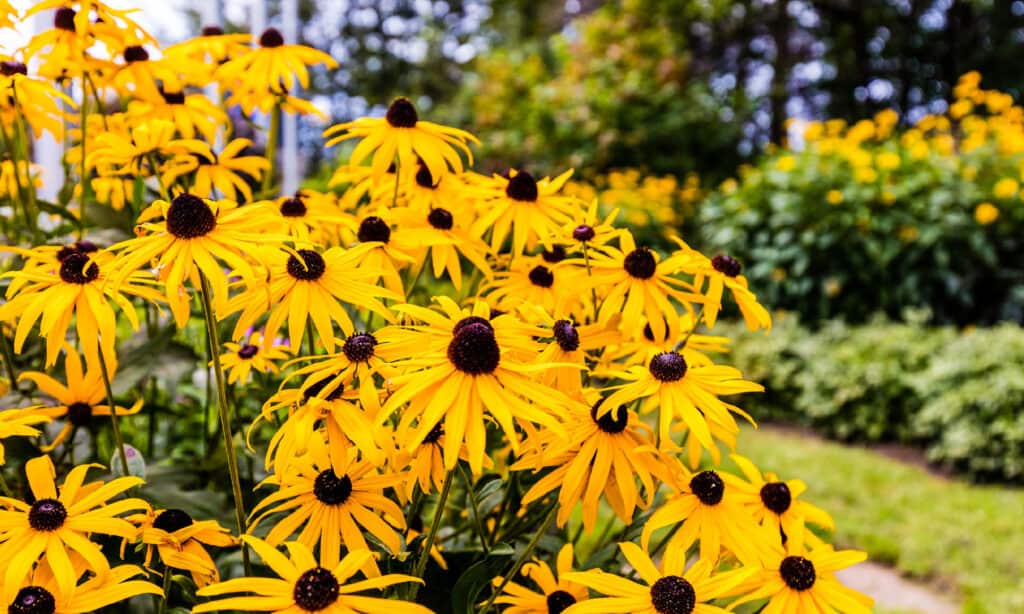
iStock.com/Dopeyden
Classic black-eyed Susan wildflowers add cheerful color to any landscape. They are easy to grow and require little maintenance, making them a perfect choice for busy gardeners. The vivid yellow petals illuminate with a dark brown or black center, which gives the flower its namesake.
Black-eyed Susans blooming in the summer sun are a sight to behold, and their long bloom season means that they will provide color for months on end. Whether planted in mass or used as a border plant, black-eyed Susans are one of the best perennials for zone 8.
4. Bleeding Heart
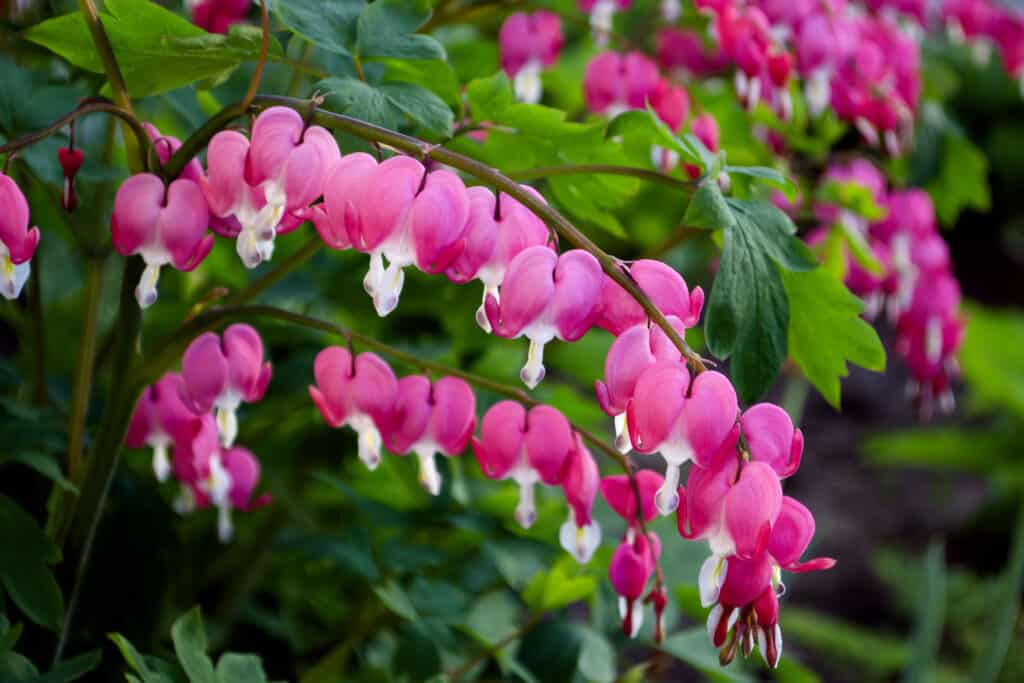
iStock.com/Oksana Akhtanina
With their heart-shaped blooms, bleeding hearts are a symbol of love and affection. These delicate flowers are perfect for shady gardens and make a beautiful cut flower. The plant gets its name from the Greek story of Aphrodite and Hades.
According to legend, when Hades abducted Persephone to be his queen, her mother, Demeter, was so distraught that she neglected the world and stopped seasons from happening. In order to persuade Demeter to let spring return, Aphrodite sprinkled nectar on a flower that then bloomed into the first bleeding heart. From then on, the plant has had an association with love and loss.
Despite their fragile appearance, these perennials are actually quite resilient and easy to care for. They prefer partial shade and moist soil and will bloom from late spring to early summer. With a little tender-loving-care, these romantic flowers will add personality to your yard.
5. Columbine
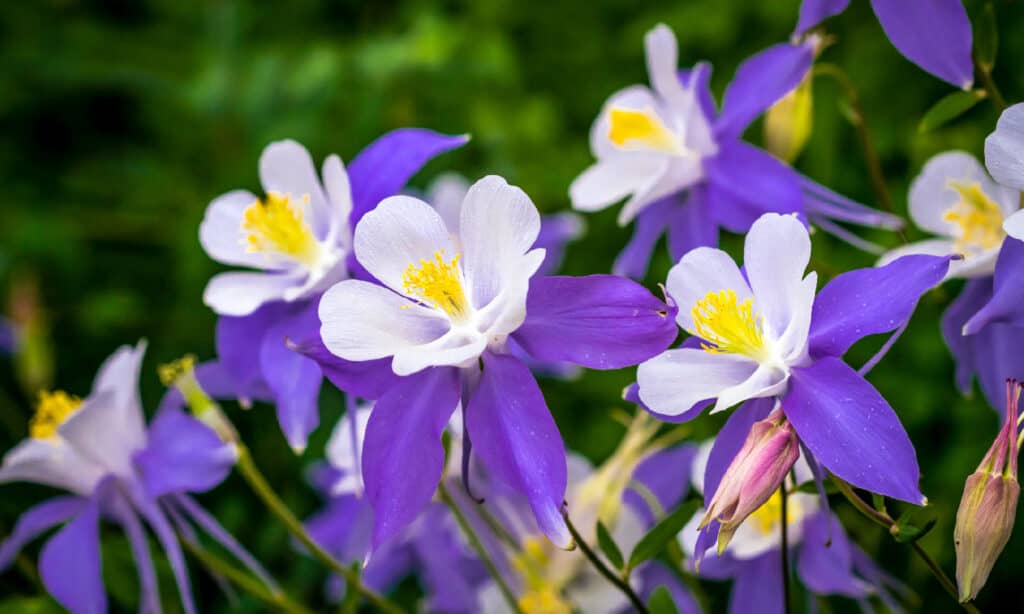
iStock.com/tvirbickis
Columbines are a type of flower that comes in a variety of colors. They are often found in cottage gardens, adding a splash of color to the country. Columbines typically have long stems with small flowers that bloom in the spring. The flowers are usually brightly colored, and they have a delicate, pleasing aroma. Columbines are relatively easy to care for and make a great choice for beginning gardeners.
6. Daylily
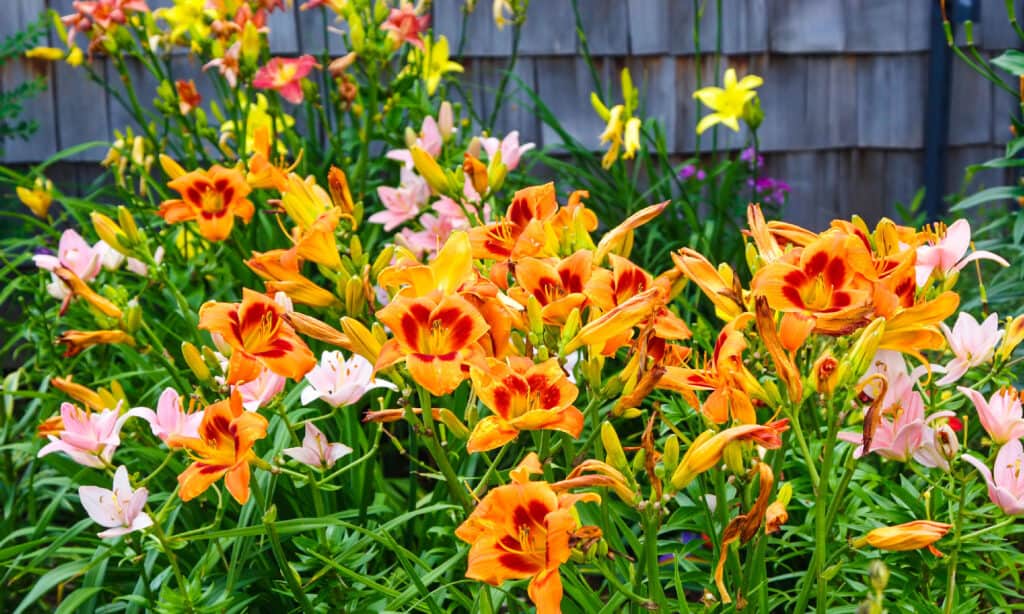
iStock.com/onepony
Daylilies are a type of flowering plant that belongs to the genus Hemerocallis. There are over 60 species of daylily! They’re easy to grow and come in a wide range of colors, including red, yellow, orange, pink, and purple. They make excellent cut flowers and can work in a variety of arrangements.
Daylilies are also known for their drought tolerance and ability to prosper in poor soils. As a result, they are a popular choice for landscaping in dry regions. Additionally, daylilies are relatively pest-resistant and do not require much maintenance. With their showy blooms and low-maintenance requirements, these are the best perennials for zone 8.
7. Gaillardia

iStock.com/Iseo Yang
Gaillardias are perfect for a variety of reasons. First, they are the best perennials for zone 8 thanks to their sun needs. They need full sun to perform their best, so make sure you plant them in an area that gets plenty of sunlight.
Secondly, they are very drought tolerant, so they don’t require a lot of watering. And they are beautiful! The flowers come in a variety of colors, including yellow, red, and orange.
Sometimes people call gaillardias blanket flower because of how they blanket the ground with their growth. The perfect ground cover plant, they are beautiful and add color to any garden or lawn. They don’t take away from the other plants in the garden because they have a very low growth habit. In fact, you will probably find that you have to trim them back on occasion to keep them from getting too big.
Here’s an added bonus: gaillardias are known for their long bloom period, which means they will continue to look beautiful even after the first frost. Finally, gaillardias are easy to care for and require very little maintenance.
8. Hosta
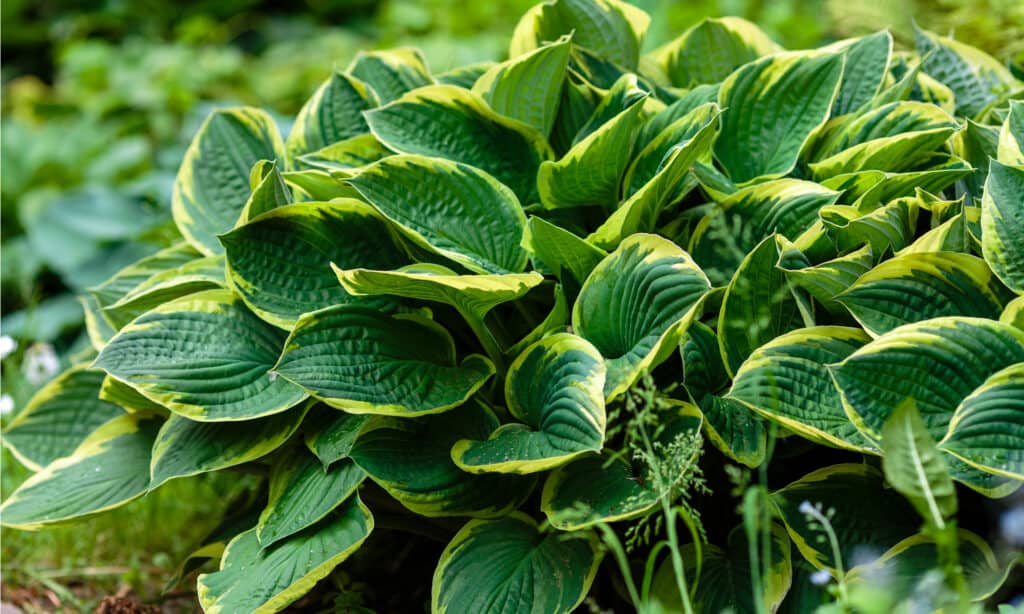
Flower_Garden/Shutterstock.com
Hosta is also one of the best perennials for zone 8. Why? It has to do with its family heritage. This genus of plants belongs to the asparagus family, a hardy group.
These shade-loving perennials are available in a wide range of sizes and colors. Hostas are known for their dramatic foliage, which ranges from deep green to bright gold. They make excellent border plants and can add a touch of elegance to any garden.
While hostas are relatively low-maintenance, they do have some specific needs. They prefer moist, well-drained soil and should be planted in an area that receives partial to full shade. With proper care, hostas will thrive for many years and provide a stunning addition to any landscape.
Up Next:
- What Do Garden Snails Eat?
- Roses in Texas: 6 Roses Perfect for Gardens
- The Best Deer Fence To Protect Your Garden
The post 8 Best Perennial Flowers For Zone 8 appeared first on AZ Animals.
from Animal News, Facts, Rankings, and More! - AZ Animals https://ift.tt/7H1cERq